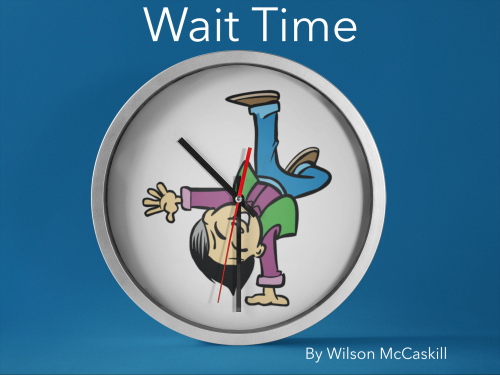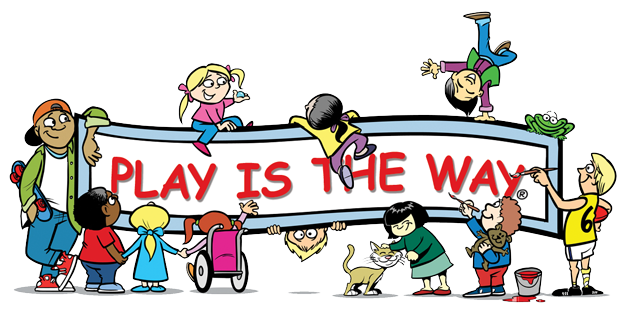
By Wilson McCaskill
Children are far more likely to cooperate with us if they believe their voice matters and on many occasions we convey the message it doesn’t by asking questions and interrupting their reply. This is especially so when they have obviously done something wrong, and when asked to give their reasons they make equally obvious excuses.
Such excuses are more prevalent in schools that use punitive management practices. And why wouldn’t they be? It’s asking a lot of a child to accept culpability and graciously volunteer for punishment. Good sense would suggest trying to reduce the sentence by offering mitigating circumstances or an emotional display of innocence. Even adults try to talk their way out of a speeding fine.
Learning to create wait time lets children answer a question, consider what they have said and say more if they want to. It also helps them to discharge the first rush of emotions, thereby making it easier for them to communicate meaningfully and honestly. It is also respectful and in so being, helps to reinforce connection at a time when connection is likely exactly what is needed.
A 3 to 5 second wait time after an answer is usually all that is necessary. If the child has more to say they will usually think of it in that time. If you suspect that they still have more to discharge, wait again. If, after the wait time, no more is being said, then speak but be steady and calm. In any one conversation there may be many times when you wait and the more agitated the child at the start of the conversation the more wait time will be necessary.
It would be safe to say that for some teachers, wait time can feel like an eternity. And in that eternity they may be saying little but expressing a lot. Their body attitude may convey anything from intimidation to disdain and their facial expressions may infer contempt and judgment well before they speak.
There is more to wait time than simply waiting. Conveying a sense of genuine interest and curiosity encourages thought on the part of the respondent. This is easier said than done, especially if the student is a repeat offender or has a personality the teacher all too easily clashes with.
Being able to absorb the emotional discharge and remain calm, models soothing skills and lets the student know he or she is in safe adult hands and that the teacher is ready to help. Too frequently, teachers reflect the physical and emotional state of the child and in so doing escalate the intensity of the situation. This invariably leads to some barked response like, “Stop” or “That’s enough” followed by an impossible to meet, emotionally charged demand like, “You need to calm down right now.” Adding fuel to the fire is easy to do and easier without the technique of wait time.
Don’t be too hard on yourself if these types of responses and the habit of interrupting children when they are not saying what you want to them to say, characterises your teacher/student interactions when things have gone wrong. Many of us replay our own upbringing when we interact with children and it can help to understand that it is hard to offer what was not offered to you. However, it is more than possible to undo one habit and pick up another.
The advantage of cultivating the habit of wait time is that it gives teachers time to manage their own internal and external responses while giving students the opportunity to gather their thoughts. This invariably leads to more effective and supportive interactions.
It takes practise to use wait time well and practise not to become agitated. The practice is worth it because a calm and respectful demeanor can have a strong and beneficial influence. If nothing else, creating wait time tells children they are worth the time you are giving. I suspect that in our fast is best world, that is a message they too rarely hear.
Remember, you can turn the conversation into connection or you can make it a battle for superiority.

